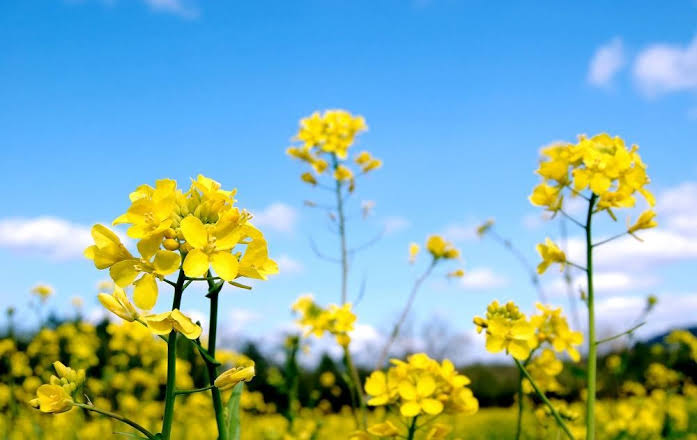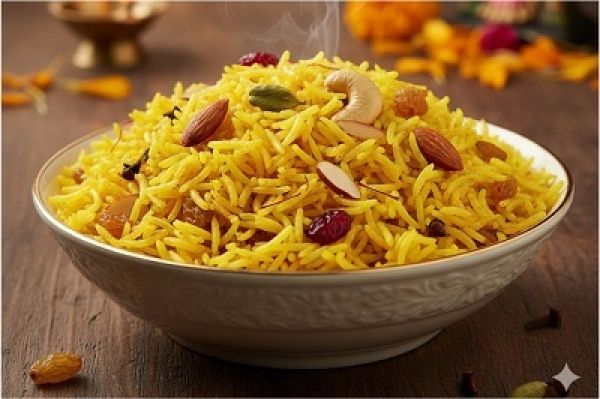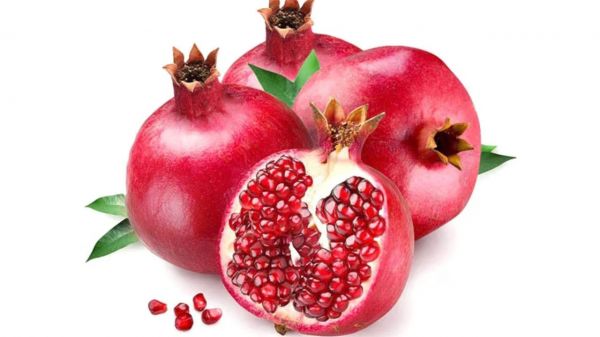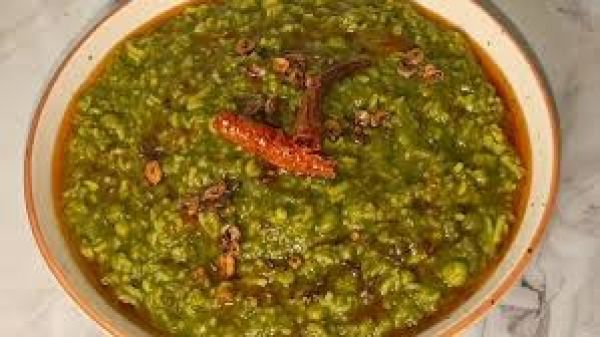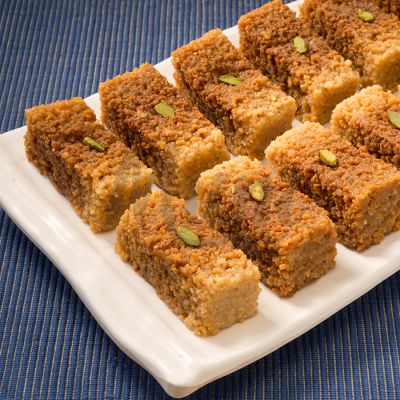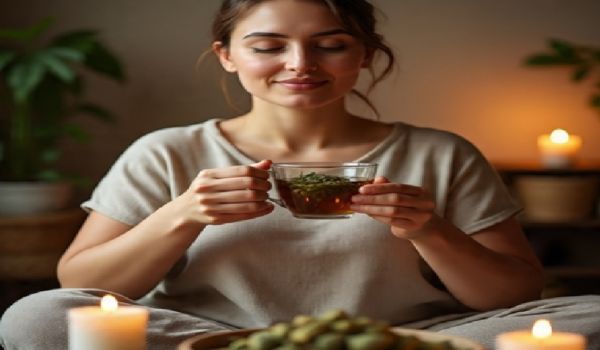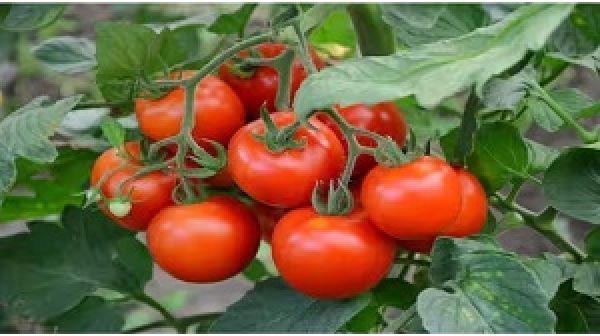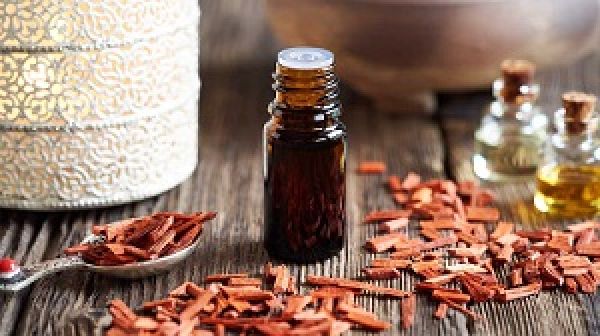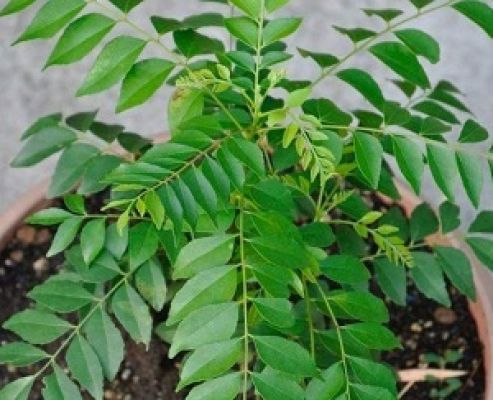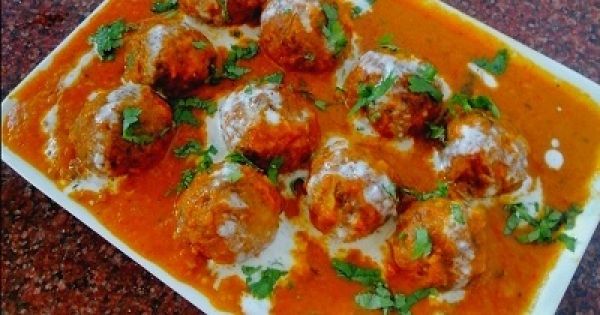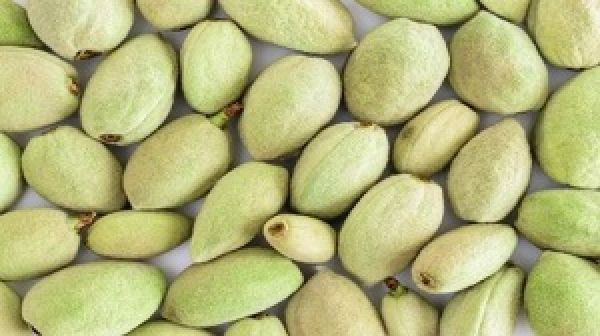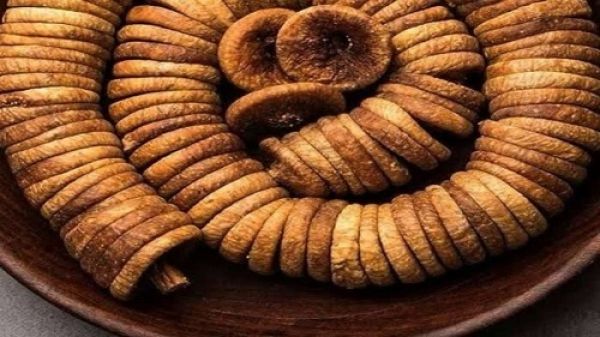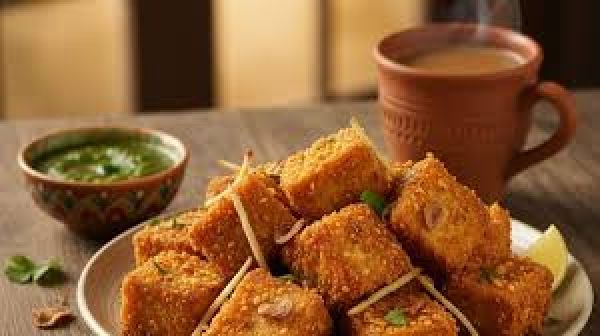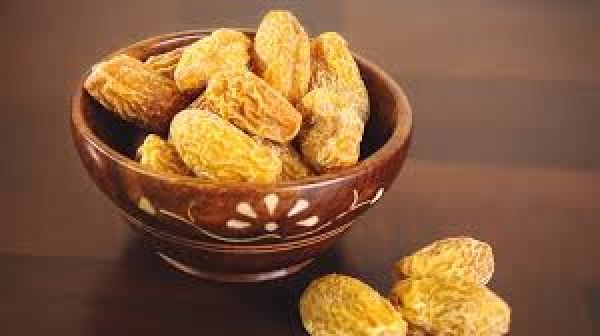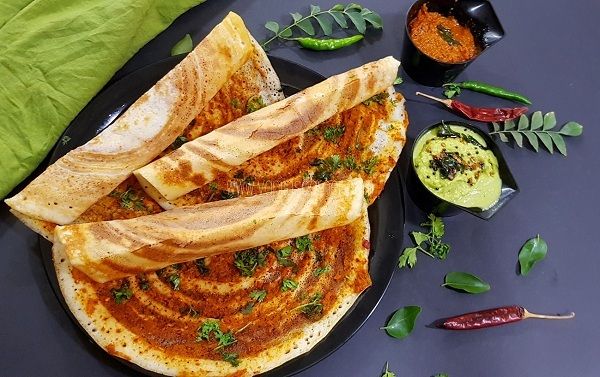Brassica nigra, popularly known as mustard, is one of the oldest spices known. It is one of the most widely used spices in the world. The mustard in fact has quite a story to tell. It finds multiple mentions in the Bible. It has been used as a figure of speech to imply the potential of faith to grow strong and wide, just like the tiny seeds of mustard that grow into strong shrubs. Narratives about its origin are numerous. Archaeologists and botanists claim that mustard seeds have been discovered in Stone age settlements. There is evidence to show that in ancient times the Egyptians used it to flavor their food and the Romans ground them with wine. Its use then spread to Gaul, took root in Europe and kept expanding till it reached the Indian shores with Vasco de Gama in the 16th century. In South Asia, mustard is predominantly used as a spice. But in the West, it is used as a condiment (after being ground with water or vinegar). It ranks in the top 5 list of the world’s most popular condiments. There are three varieties of mustard, the most common being the black, closely followed by the brown and then the yellow.
Cultivation
Mustard is a crop that grows best in cool weather. In warm weather, it tends to flower very quickly, resulting in poor quality flowers and seeds. These plants require very minimal care. The flowers of the mustard plant are generally yellow but some varieties have white flowers too. After the mustard flower grows and matures, it forms pods. The pods gradually turn brown. Harvest time is indicated when the leaves start to turn yellow. If the pods on the mustard seed plant are left for too long, they will burst open when fully ripe and the seeds will be lost. Harvesting calls for the seeds to be removed from the pods. This can be done by hand or the flower heads can be put into a paper bag and allowed to mature. Within a week, a gentle shake of the bag will release most of the mustard seeds. The seeds then have to be properly dried to ensure shelf life.
Uses
As early as the sixth century B.C., Pythagoras recommended mustard as a remedy for scorpion stings. Hippocrates used mustard in medicines and poultices. Though these are ancient practices, mustard is still valued for not just the flavour it adds to food, but also for its anti-inflammatory properties, and its ability to relieve the symptoms of arthritis, migraines and asthma. To top it, all the three versions of mustard contain a very significant amount of edible oil and high-quality protein. In India, these seeds are the second most important source of edible vegetable oil and the residual cakes are used as animal feed. The leaves or mustard greens too are a household staple in India. Popular belief prescribes that a sprinkling of mustard seeds in the courtyard helps to ward off evil spirits.



